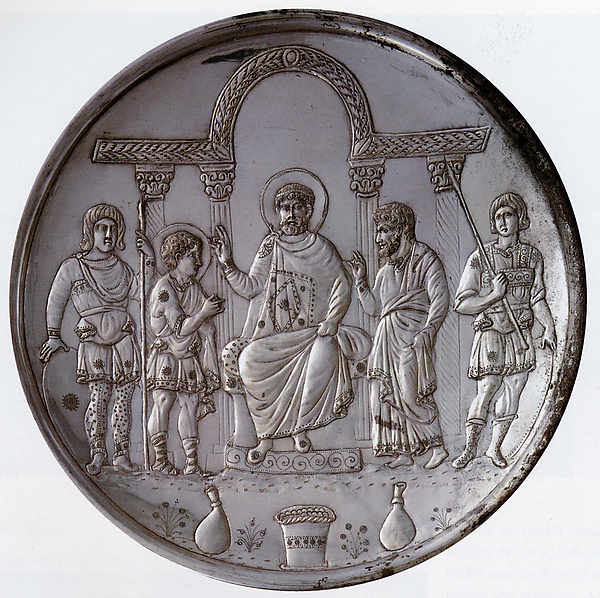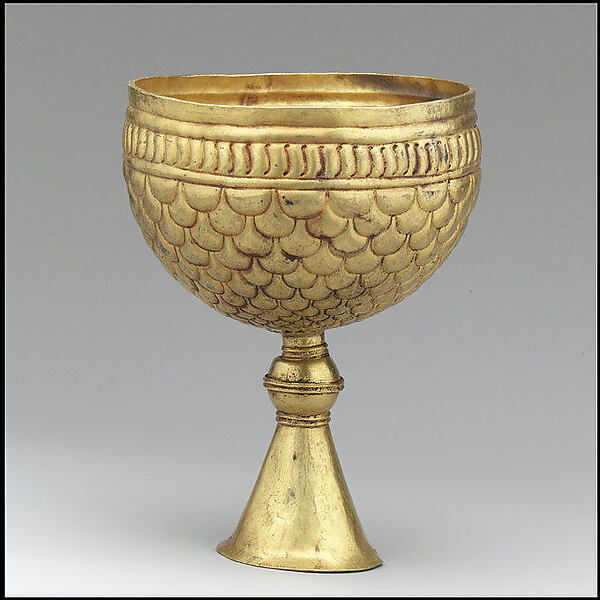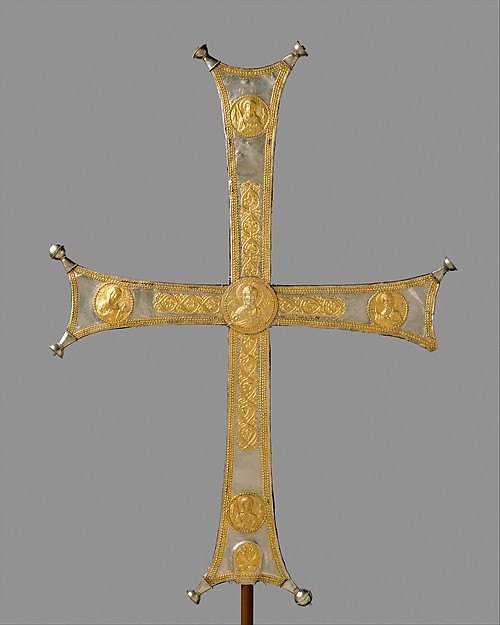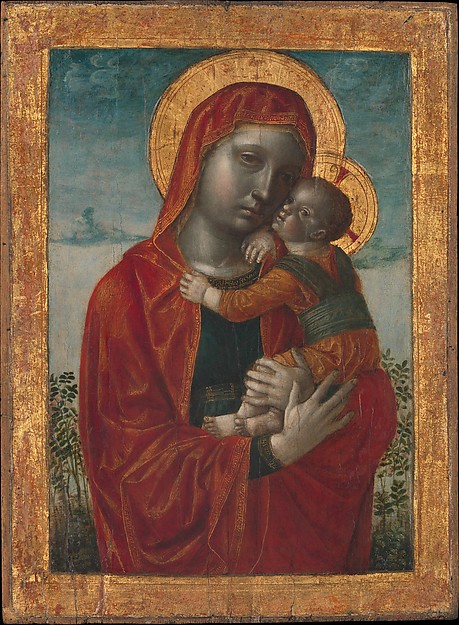7.


1.
 Plate with the Presentation of David to Saul: In 628–29 the Byzantine emperor Herakleios ended a war with Persia and regained Jerusalem, Egypt, and other Byzantine territory. Silver stamps dating to 613–29/30 on the plate show that it was made in his reign. The biblical figures on the plates wear the costume of the early Byzantine court.
Plate with the Presentation of David to Saul: In 628–29 the Byzantine emperor Herakleios ended a war with Persia and regained Jerusalem, Egypt, and other Byzantine territory. Silver stamps dating to 613–29/30 on the plate show that it was made in his reign. The biblical figures on the plates wear the costume of the early Byzantine court.*http://www.metmuseum.org/Collections/search-the-collections/170004255?rpp=20&pg=1&ft=byzantine&pos=1
2.
 Gold Goblet: this was made by the Avars. The Avars kept a relationshipwith the Byzantine empire. They protected the empires borders and defended them when needed. the Byzantine empire gave them gold and silver in reward for their help. Avar goldsmiths created beautiful works.
Gold Goblet: this was made by the Avars. The Avars kept a relationshipwith the Byzantine empire. They protected the empires borders and defended them when needed. the Byzantine empire gave them gold and silver in reward for their help. Avar goldsmiths created beautiful works.*http://www.metmuseum.org/Collections/search-the-collections/170003985?rpp=20&pg=1&ft=byzantine&pos=2
3.
 Processional Cross: this teaches about the byzantine religion. At the center of th cross is a bust of the blessing of Christ. At the ends of the crossbar there are images of the Virgin and of John the Precursor.At the the vertical arms of the cross are the archangels Michael and Gabriel, dressed with Byzantine court costume.
Processional Cross: this teaches about the byzantine religion. At the center of th cross is a bust of the blessing of Christ. At the ends of the crossbar there are images of the Virgin and of John the Precursor.At the the vertical arms of the cross are the archangels Michael and Gabriel, dressed with Byzantine court costume.*http://www.metmuseum.org/Collections/search-the-collections/170006166?rpp=20&pg=1&ft=byzantine&pos=3
4.
 Madonna and Child: byzantine art is famous for its work in icons. This work of art is one of the most famous icons. The church was accused for this paintings for worship and didnt like them, but actually these paintings helped the people understand the religion because they didnt know how to read or write. It is said that this painting was painted by Theodora, Justinian's wife, it was a gift to pope John ll.
Madonna and Child: byzantine art is famous for its work in icons. This work of art is one of the most famous icons. The church was accused for this paintings for worship and didnt like them, but actually these paintings helped the people understand the religion because they didnt know how to read or write. It is said that this painting was painted by Theodora, Justinian's wife, it was a gift to pope John ll.*word press 13 http://madonnaandchild.wordpress.com/annas-essay/
Weight in the Shape of a Byzantine Empress: In the Byzantine weights were made as a portrait of empresses. This made the empire have an ability for fair trade. Women had a big role, the jewels they wore should how rich the empire was
* http://www.metmuseum.org/Collections/search-the-collections/170008699?rpp=20&pg=1&ft=byzantine&pos=19
Gold Solidus of Justinian I: Justinian was the first Byzantine emperor that adopted a frontal portrait, this standard pose was kept. Coins united the kingdom. He kept the weights of the coins balanced and pured. The coins were used to pay taxes and had special images.
*http://www.metmuseum.org/collections/search-the-collections/170009144?rpp=20&pg=2&ft=byzantine&img=1


No comments:
Post a Comment